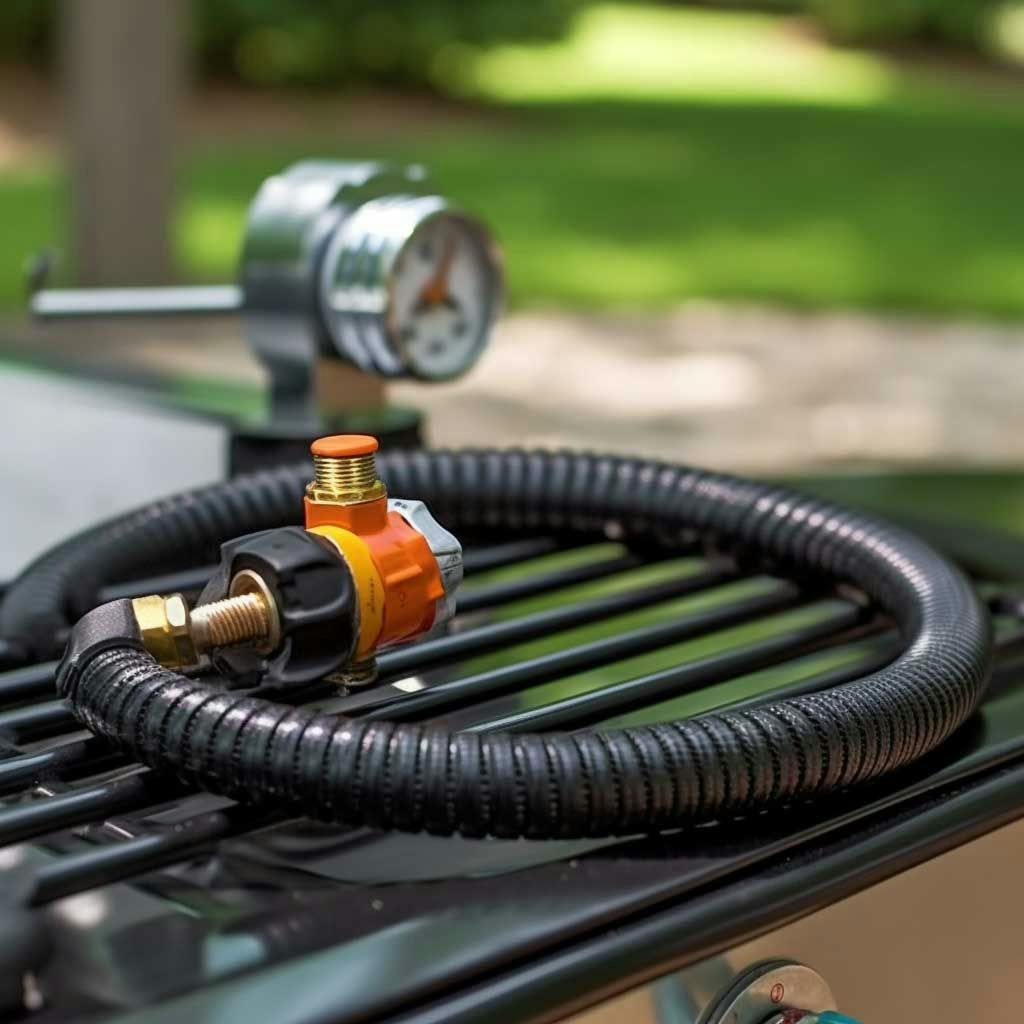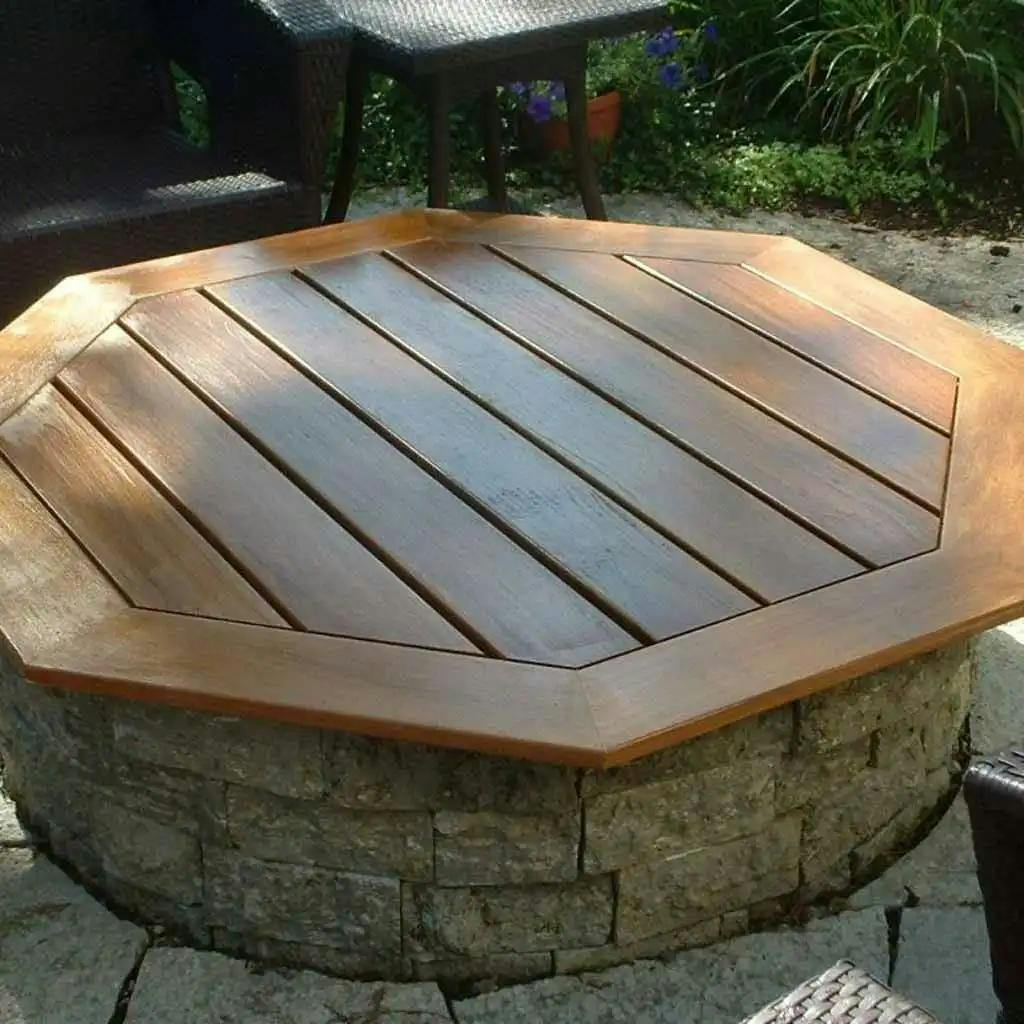Burner hoses and regulators play a crucial role in various applications that involve the use of fuel-powered burners. Whether it's for cooking, heating, or industrial processes, these components ensure the safe and efficient flow of fuel to the burner. In this article, we will explore the importance of burner hoses and regulators, discuss the different types available, delve into the factors to consider when choosing them, highlight the benefits of using high-quality components, and provide guidance on their proper maintenance and care.
Part 1: What is a Burner Hose and Regulator?
A burner hose is a flexible tube that connects the fuel source, such as a propane tank or natural gas line, to the burner. It is responsible for delivering the fuel to the burner, allowing for a controlled and steady flow. The regulator, on the other hand, is a device that controls the pressure of the fuel as it flows through the hose. It ensures that the fuel is delivered at the correct pressure, which is essential for proper burner functionality.
The burner hose and regulator work hand in hand to ensure the safe and efficient operation of the burner. They play a critical role in controlling the fuel flow, preventing leaks, and maintaining the appropriate pressure for optimal burner performance.
Part 2: Types of Burner Hoses and Regulators
Propane Burner Hoses and Regulators
Propane is a popular fuel source for various applications, such as outdoor grilling, camping stoves, and heating systems. Propane burner hoses and regulators are specifically designed to handle the unique properties of propane.
The benefits of using propane burner hoses and regulators include:
Safety: Propane hoses and regulators are constructed with materials that can withstand the high pressure of propane, reducing the risk of leaks and accidents.
Versatility: Propane burners are portable and can be used in various settings, making them ideal for outdoor activities and remote locations.
Ease of use: Propane is readily available and can be easily stored and transported in tanks.
Natural Gas Burner Hoses and Regulators
Natural gas is another commonly used fuel source, especially in residential and commercial settings. Natural gas burner hoses and regulators are designed specifically for the safe and efficient delivery of natural gas to burners.
The benefits of using natural gas burner hoses and regulators include:
Cost-effectiveness: Natural gas is generally more affordable than other fuel sources, making it a popular choice for heating and cooking.
Cleaner burning: Natural gas produces fewer emissions and pollutants compared to other fossil fuels, contributing to a cleaner environment.
Convenience: Natural gas is supplied through pipelines, eliminating the need for regular refilling or handling of tanks.
Other Types of Burner Hoses and Regulators
In addition to propane and natural gas, there are other alternative fuel sources that require specific burner hoses and regulators. These include but are not limited to:
Butane: Commonly used in portable stoves and camping equipment.
Methane: Used in industrial processes and power generation.
Biofuels: Derived from renewable sources, such as ethanol or biodiesel.
Each fuel source may have unique requirements and considerations when it comes to burner hoses and regulators. It is essential to choose the appropriate components that are compatible with the specific fuel being used.

Part 2: Factors to Consider When Choosing a Burner Hose and Regulator
When selecting a burner hose and regulator, several important factors need to be considered to ensure safety and optimal performance.
Safety Considerations
Safety should be the top priority when choosing burner hoses and regulators. It is crucial to select components that meet safety standards and regulations to minimize the risk of accidents or fuel leaks. Look for certifications or approvals from recognized safety organizations, such as the CSA (Canadian Standards Association) or UL (Underwriters Laboratories).
Tips for ensuring proper installation and maintenance for safety include:
Regular inspection: Inspect the hoses and regulators regularly for signs of wear, damage, or deterioration. Replace any components that show signs of compromise.
Follow manufacturer guidelines: Adhere to the manufacturer's instructions for installation, use, and maintenance of the burner hoses and regulators.
Proper ventilation: Ensure proper ventilation when using fuel-powered burners indoors to prevent the buildup of harmful gases.
Compatibility with the Burner and Fuel Source
It is essential to choose burner hoses and regulators that are compatible with both the burner and the specific fuel source being used. Consider the following when selecting components:
Fuel type: Ensure that the hose and regulator are designed for the specific fuel being used, whether it's propane, natural gas, or an alternative fuel source.
Pressure requirements: Check the pressure rating of the burner and select a regulator that can handle the required pressure range.
Flow capacity: Consider the flow rate requirements of the burner and choose a hose and regulator that can deliver the necessary volume of fuel.
Using incompatible components can result in poor burner performance, leaks, or even accidents. Always consult the manufacturer's specifications and guidelines to ensure proper compatibility.
Part 3: Benefits of Using High-Quality Burner Hoses and Regulators
Using high-quality burner hoses and regulators can provide several benefits in terms of performance, efficiency, durability, and cost savings.
Enhanced Performance and Efficiency
High-quality components can significantly improve burner performance and efficiency. Here's how:
Consistent fuel flow: High-quality hoses and regulators maintain a steady and consistent flow of fuel, ensuring a stable flame and consistent heat output.
Precise pressure control: Quality regulators allow for accurate pressure control, enabling optimal burner operation and flame adjustment.
Reduced fuel waste: Properly functioning components prevent fuel leaks and minimize waste, leading to increased fuel efficiency and cost savings.
Durability and Longevity
Investing in durable burner hoses and regulators can save money in the long run. Here's why:
Longer lifespan: High-quality components are made from durable materials that can withstand the rigors of regular use and harsh environments, resulting in a longer lifespan.
Less frequent replacement: Reliable components are less likely to fail or require replacement, reducing downtime and maintenance costs.
Reduced risk of accidents: Well-built hoses and regulators are less prone to leaks or malfunctions, minimizing the risk of accidents or injuries.

Part 4: Proper Maintenance and Care for Burner Hoses and Regulators
To ensure the longevity and optimal performance of burner hoses and regulators, regular maintenance and care are essential.
Regular Inspection and Cleaning
Regularly inspecting and cleaning the hoses and regulators can help identify any signs of wear, damage, or dirt buildup. Follow these tips for optimal performance:
Visual inspection: Check for cracks, abrasions, or signs of deterioration on the hoses and regulators. Replace any damaged components immediately.
Cleaning techniques: Use mild cleaning agents or soapy water to clean the hoses and regulators. Avoid using harsh chemicals that could damage the materials.
Remove obstructions: Clear any debris or obstructions that may clog the hoses or regulator vents, hindering the fuel flow.
Replacement and Repair Considerations
There are certain signs that indicate the need for replacement or repair of burner hoses and regulators. These include:
Leaks: If there are visible fuel leaks or a strong gas odor, immediately shut off the fuel supply and replace the damaged components.
Malfunctioning regulator: If the pressure is inconsistent or the flame is difficult to control, it may be a sign of a faulty regulator that requires replacement.
Damaged hoses: Cracked, worn-out, or damaged hoses should be replaced promptly to prevent leaks or fuel flow issues.
When replacing or repairing burner hoses and regulators, always follow the manufacturer's instructions and guidelines. Improper installation or use of incompatible components can pose significant safety risks.
Conclusion
Burner hoses and regulators are vital components when it comes to the safe and efficient operation of fuel-powered burners. It is crucial to select the appropriate components that meet safety standards and are compatible with the specific burner and fuel source. Investing in high-quality burner hoses and regulators not only improves performance and efficiency but also ensures durability and longevity. Regular inspection, cleaning, and prompt replacement or repair when needed are essential for maintaining optimal functionality and safety. Prioritize safety and quality when choosing burner hoses and regulators to enjoy trouble-free operation and peace of mind in various applications.
FAQs
Are burner hoses and regulators interchangeable between different brands of grills and burners?
Burner hoses and regulators should be compatible with the specific brand and model of your grill or burner. It's essential to use components that are designed to work together to ensure safe and efficient operation. Always check the manufacturer's recommendations and specifications for your appliance.
How do I choose the right size and length of a burner hose?
The size and length of the hose depend on your outdoor cooking setup. Measure the distance between your propane tank and the burner to determine the required hose length. For sizing, ensure that the hose and regulator can handle the propane demand of your appliance. High-output burners may require high-pressure hoses.
Can I use a high-pressure regulator with a low-pressure appliance or vice versa?
It's essential to match the pressure rating of the regulator with the requirements of your appliance. Using a high-pressure regulator with a low-pressure appliance may result in improper gas flow and poor performance. Conversely, a low-pressure regulator with a high-pressure appliance won't deliver sufficient fuel.
How often should I replace my burner hose and regulator?
The lifespan of burner hoses and regulators can vary based on usage, exposure to the elements, and quality. Inspect them regularly for signs of wear, damage, or corrosion. If you notice any issues or if they are past their recommended lifespan (often several years), it's advisable to replace them to maintain safety and performance.
Can I repair a damaged burner hose or regulator myself?
It's generally not recommended to repair burner hoses or regulators yourself, especially if they are damaged or compromised. Instead, it's safer to replace them with new, undamaged components. Attempting to repair a damaged hose or regulator could lead to gas leaks or safety hazards.
About Grace Rodriguez
Grace Rodriguez is your passionate grill aficionado and the lively host of the Fox Heights Bar and Grill Podcast. With a zest for culinary adventures and a gift for making everyone feel like a friend, Grace brings a warm and welcoming vibe to the world of grilling. From sharing her top-notch tips for crafting the perfect burger to creating an atmosphere of camaraderie around the grill, Grace's genuine charm and relatable style make her podcast a must-listen for both seasoned grill masters and newcomers alike.



